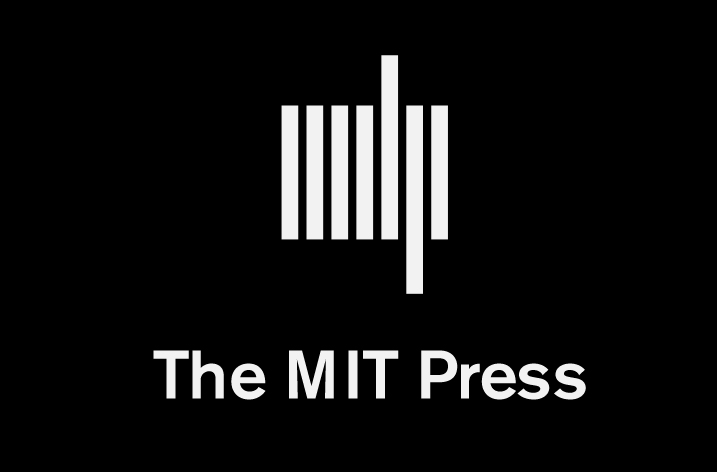
Clarivate Plc a leading global provider of transformative intelligence, today announced the success of its annual Citation Laureates™ program, following the accurate forecast of eight Nobel Prize 2024 recipients.
Powered by trusted, high-quality data from the Web of Science Core Collection™ citation index, the Citation Laureates program combines rigorous citation analysis with expert qualitative insights to pinpoint researchers with exceptional citation records who have the potential to receive Nobel honors. This ability to forecast Nobel success – whether years in advance or just months before the official announcements – underscores the reliability and value of this data-driven approach.
Since 2002, the Institute for Scientific Information (ISI)™ at Clarivate has identified 441 researchers as Citation Laureates, with 83 later receiving a Nobel Prize. It has successfully forecast recipients every year since 2007.
David Baker, Demis Hassabis and John M. Jumper were named as Citation Laureates this year, just weeks before their Nobel in Chemistry. Physiology or Medicine Nobelists Victor Ambros and Gary Ruvkun were first recognized as Citation Laureates 16 years ago, in 2008. The prize in Economic Sciences, awarded to Daron Acemoglu, Simon Johnson and James A. Robinson was forecast in 2022.
David Pendlebury, Head of Research Analysis, ISI, Clarivate, said: “The Nobel committees’ choices for both Physics and Chemistry can only be described as bold. The acknowledgment of the transformational role of AI in research in the two categories, back-to-back, is unprecedented. In Chemistry, we quickly saw something extremely unusual with the key AlphaFold paper from Hassabis and Jumper of DeepMind. Published just three years ago, in 2021, it swiftly amassed more than 16,000 citations in the Web of Science Core Collection. This phenomenally high number is statistically unusual and was achieved so quickly, we could not ignore its influence.”
Dr. Nandita Quaderi, Senior Vice President and Editor-in-Chief, Web of Science, Clarivate, said: “Accurately predicting Nobel laureates is challenging. Our ISI analysts have combined their deep bibliometric expertise with more recent AI approaches to develop a proprietary methodology to identify researchers ‘of Nobel class’. These individuals are responsible for producing the research that has the greatest societal impact and will help shape the future by solving the world’s most pressing and complex challenges.”
The eight Citation Laureates named as Nobel laureates in 2024 are:
Victor Ambros and Gary Ruvkun: Nobel Prize in Physiology or Medicine for their discovery of microRNA and its role in post-transcriptional gene regulation, named Citation Laureates in 2008. Ambros and Ruvkun’s pioneering research on microRNAs dates back to 1993, and Ambros’s key paper is cited nearly 10,000 times – an occurrence so rare that only 500 publications out of 61 million we have indexed since 1970 are cited at this level. The field they helped establish has expanded dramatically from a handful of papers 20 years ago to around 16,000 per year in 2020.
David Baker, Demis Hassabis and John M. Jumper: Nobel Prize in Chemistry for their research into protein structure prediction and computational protein design respectively, identified by ISI In September 2024. Hassabis and Jumper’s 2021 paper has already received more than 16,000 citations – a remarkable number that reflects the revolutionary impact of this work.
Daron Acemoglu, Simon Johnson and James A. Robinson: The Sveriges Riksbank Prize in Economic Sciences in Memory of Alfred Nobel for studies of how institutions are formed and affect prosperity, named Citation Laureates in 2022. The ISI identified all three using publication and citation analysis – their co-authored 2001 paper has received more than 5,000 citations, which ranks it among the top 10 papers in economics indexed in the Web of Science since 2000.


























